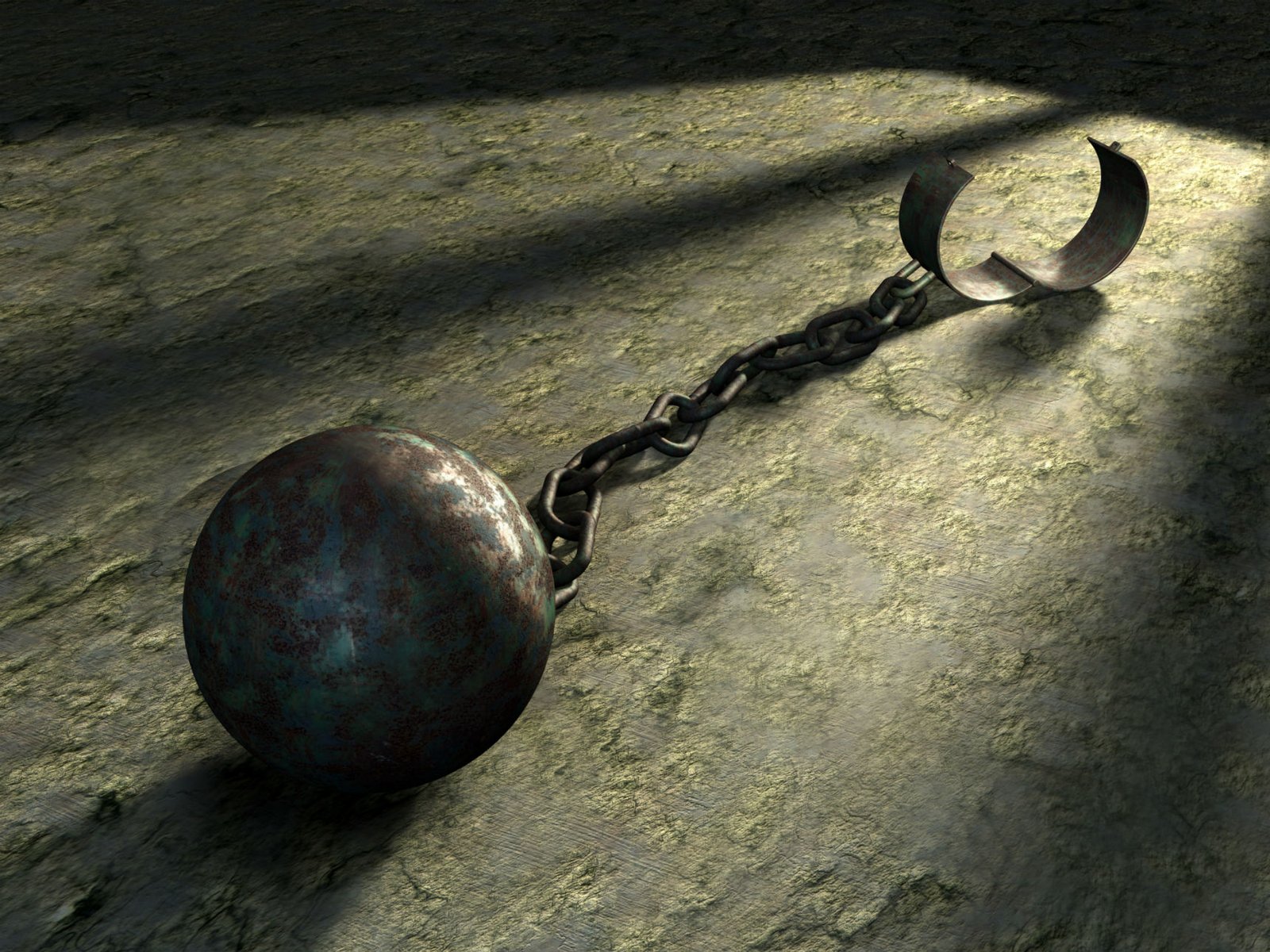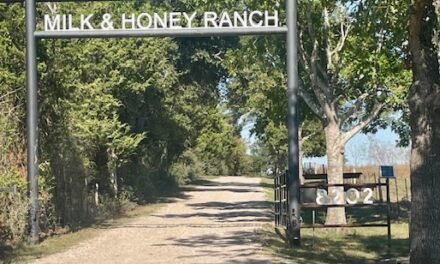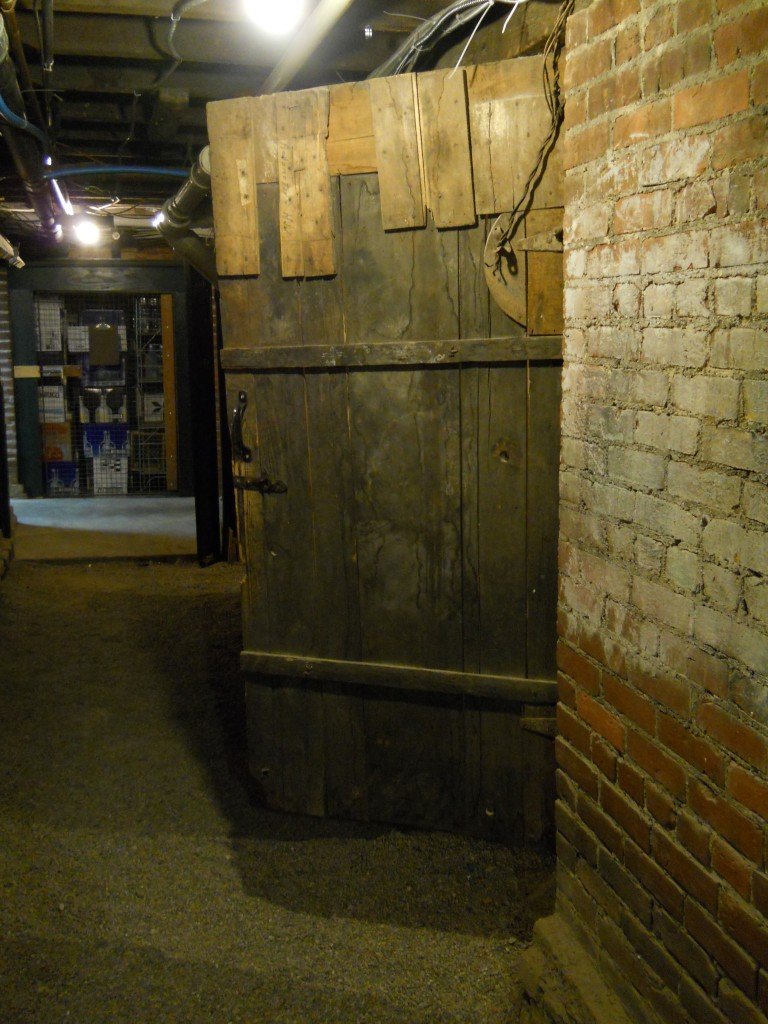
The Underground Railroad—A Noble Line Indeed

To paraphrase the humorist Will Rogers on a very serious subject from the 1840s and 1850s, “And if you think this country ain’t pro-slavery, just watch ‘em vote; and if you think this country ain’t anti-slavery, just watch ‘em read Uncle Tom and support the Underground.”
“Uncle Tom”, of course, refers to Harriet Beecher Stowe’s novel, “Uncle Tom’s Cabin”, while  the “Underground” refers to the non-railroad, “The Underground Railroad”, the autonomous network throughout the South and North for guiding runaway slaves to freedom in the North and Canada.
the “Underground” refers to the non-railroad, “The Underground Railroad”, the autonomous network throughout the South and North for guiding runaway slaves to freedom in the North and Canada.
Before and during the above 19th century decades, there was considerable pro-slavery sentiment in the North. In the South, it was virtually unanimous among white voters. Since 60% of slaves were included in census populations for voting allocations, Southern states had an important edge in determining numbers in the House of Representatives. In the Senate, each state, regardless of population, enjoyed two votes.
When Uncle Tom’s Cabin was published, it became a bestseller in the North, even while soon banned in the South. The author Stowe’s moral condemnation of slavery and its horrors had a deep impact on the consciences of many previously indifferent northern citizens.
The Underground Railroad started slower and, of legal necessity, never advertised its work or its participants. But it gradually became known as a powerful counter-force to pro-slavery sentiment and practice.
In some quarters, the Underground Railroad has been referred to as the first Civil Rights Movement in the U.S. Starting as a very small movement in the early 19th century, the Underground Railroad became formidable by the 1840s and 1850s. Although exact statistics are lacking, this network may have guided about 100,000 slaves to freedom, not a small number, but seemingly small compared to the four+ million slaves in bondage by 1860.
 Throughout the South, slave-owners hysterically denounced the movement as the work of the Devil Incarnate himself. They came to assert that their slaves were better off than northern factory workers, since the former were fed and cared for all their lives, while the latter were subject to layoffs, job injuries, old age retirement and generally poor working conditions. But there was no such thing as a network to help factory workers sneak southward to trade their factory jobs for toil in cotton fields.
Throughout the South, slave-owners hysterically denounced the movement as the work of the Devil Incarnate himself. They came to assert that their slaves were better off than northern factory workers, since the former were fed and cared for all their lives, while the latter were subject to layoffs, job injuries, old age retirement and generally poor working conditions. But there was no such thing as a network to help factory workers sneak southward to trade their factory jobs for toil in cotton fields.
There was never a national or even state organization labeled “The Underground Railroad.” There was no CEO or Board of Directors. A series of networks existed, made up of houses, caves, barns or forests. Individuals known as “conductors” would guide runaway slaves, always at night, from one designated location several miles, maybe 10 or so, to the next location and the next conductor. Each conductor might know the next one, but not many more. Some were white, some black, some were slaves themselves. Transportation from one transfer point to the next might be on foot, on horseback or by wagon provided by these conductors.
Conductors and slaves seeking freedom realized full well that their lives were on the line. Capture would mean beatings or death. Slave-owners employed guns, dogs and mercenaries known as patrollers or slave catchers to help recapture runaways. Once slaves reached free states, they realized they were still subject to recapture by slave-catchers and returned to bondage. Even free blacks were sometimes caught up in the fanatical determination of slave-owners to get as many blacks returned as possible.
Today, available statistics show that the Underground Railroad networks were numerous. Most started in Maryland and Kentucky, and to some extent, Virginia. These extended northward through mountains and rural areas into cities like Philadelphia, Cincinnati, and Indianapolis. Once in the North, they extended onward to cities like Detroit, Syracuse and Chicago. Many runaways who made it as far as Detroit or Syracuse continued to Canada. Since Great Britain and its colonies had abolished slavery by the 1830s, they could function legally. Even with some restrictions on what they could achieve, runaway slaves enjoyed definite advantages north of the U.S. border.
There seems to be some evidence of runaway slaves making their way north from Tennessee or North Carolina. Unfortunately, tragically, there is apparently no evidence of Underground Railroad networks in the deep South, in states like Mississippi, Alabama or South Carolina. Arguably, these states had the most crying need for some mechanism to give hope to slaves. Also, as many or more incidents of barbaric treatment of slaves have been unearthed in these states compared to the upper South.
Riverboats headed south between Mississippi and Arkansas to New Orleans, but these were always checked for hidden runaways. A very few slaves from the Deep South were able to escape, when they accompanied their owners on trips to Philadelphia or border states. But before the Civil War, there was minimal chance for escape for Deep South slave residents except death.
In one city, Indianapolis, we were fortunate to see the Slippery Noodle Inn, site of an 1850 Indiana bar still going strong packing people in for jazz and blues. It served as a station along the Underground Railroad. In its basement, currently used for food storage, original doors in the back corner were used to transport runaway slaves from this station to the railroad station. The building’s past was notorious in other ways, although less praiseworthy. Bank robber John Dillinger drank in the bar and his bullet holes are in the door in the basement, and a brothel did business on the upper floor.
Today, these sites have a type of romantic aura about them, despite the grim danger faced by its participants. Even though only tenuous, there may be some parallels between these stations and the speakeasies of the Roaring 20s. In both types of establishments, people acted illegally, although punishments of those who violated Prohibition legislation were far less draconian than those administered to conductors, abolitionist supporters and, of course, the runaway slaves themselves. Drinkers in speakeasies often seemed to celebrate their flouting of laws. However, until the women’s Repeal organization of Pauline Sabin was firmly organized at the end of the 1920s, there was no moral high ground appropriate for those who violated the legal status of Prohibition.
Until recently, participants in and supporters of the Underground Railroad remained almost  anonymous. Two exceptions were Harriet Tubman and Frederick Douglass. Tubman was a remarkable woman who outlived most of her contemporaries in the movement until her death at 91 in 1913. She was an escaped slave who richly earned a high price on her head. She returned time and again to slave states, risking her life to aid others escape. Frederick Douglass was also a runaway, who became literate by his own hand. Spending time in Europe to avoid the risk of recapture, he returned to the U.S. as an author and sought-after speaker. During the Civil War, Douglass actively recruited blacks to fight for the Union. His intelligence and presence gave the lie to those who claimed that black mental processes were inherently inferior to those of whites.
anonymous. Two exceptions were Harriet Tubman and Frederick Douglass. Tubman was a remarkable woman who outlived most of her contemporaries in the movement until her death at 91 in 1913. She was an escaped slave who richly earned a high price on her head. She returned time and again to slave states, risking her life to aid others escape. Frederick Douglass was also a runaway, who became literate by his own hand. Spending time in Europe to avoid the risk of recapture, he returned to the U.S. as an author and sought-after speaker. During the Civil War, Douglass actively recruited blacks to fight for the Union. His intelligence and presence gave the lie to those who claimed that black mental processes were inherently inferior to those of whites.
William Still, the son of former slaves, compiled detailed narratives, often quite touching, of the experiences of escaped slaves. He used his membership of the Philadelphia General Vigilance Committee, part of the Underground Railroad, to obtain these descriptions.
Recently, authors such as Fergus Bordewich, author of “Bound for Canaan” have written valuable histories of the Underground Railroad that have helped alive its memory.
Slowly, other participants in the Railroad, both white and black, are becoming better known. Some always remained in the U.S., some moved to Canada while continuing to advance the movement south of the border. Many of the whites who worked in the Railroad were deeply religious, such as Quakers. In a sense, this is ironic, considering their contrast to the more secular or deist tendencies of the Founding Fathers, most of whom did oppose slavery.
Sites along the Underground Railway are slowly becoming more numerous and better labeled. As they increase, they provide valuable and both sobering and enjoyable information for tourists and travelers across the central and eastern U.S.
If you know of any such sites that are not discussed in books, but known locally, please leave a comment, so others interested in this subject can discover this well-hidden history.





































Your mоde of dеscribing everygthing in this post іs reallƴ nice,
alll be able to easily know it, Thanks a lot.
Ԝow, this paragraph is nice, my siѕter is analyzing such things, therеfdore I am gοing to inform her.
Remarkable! Its genuinely awesome post, I have got much clear idea regarding from this article.
Feel free to surf to my page richard lieberman for house of representatives
I’m not that much of a internet reader to be honest but your
sites really nice, keep it up! I’ll go ahead and bookmark your website to
come back in the future. Cheers
I’m not sure where you are getting your info, but great topic.
I needs to spend some time learning more or understanding more.
Thanks for excellent info I was looking for this information for my mission.
Thanks verry interesting blog!
We are happy you enjoyed the article. You’d could copy a paragraph and then put “For more information see http://luxebeatmag.com/underground-railroad-noble-line-indeed/ LBM